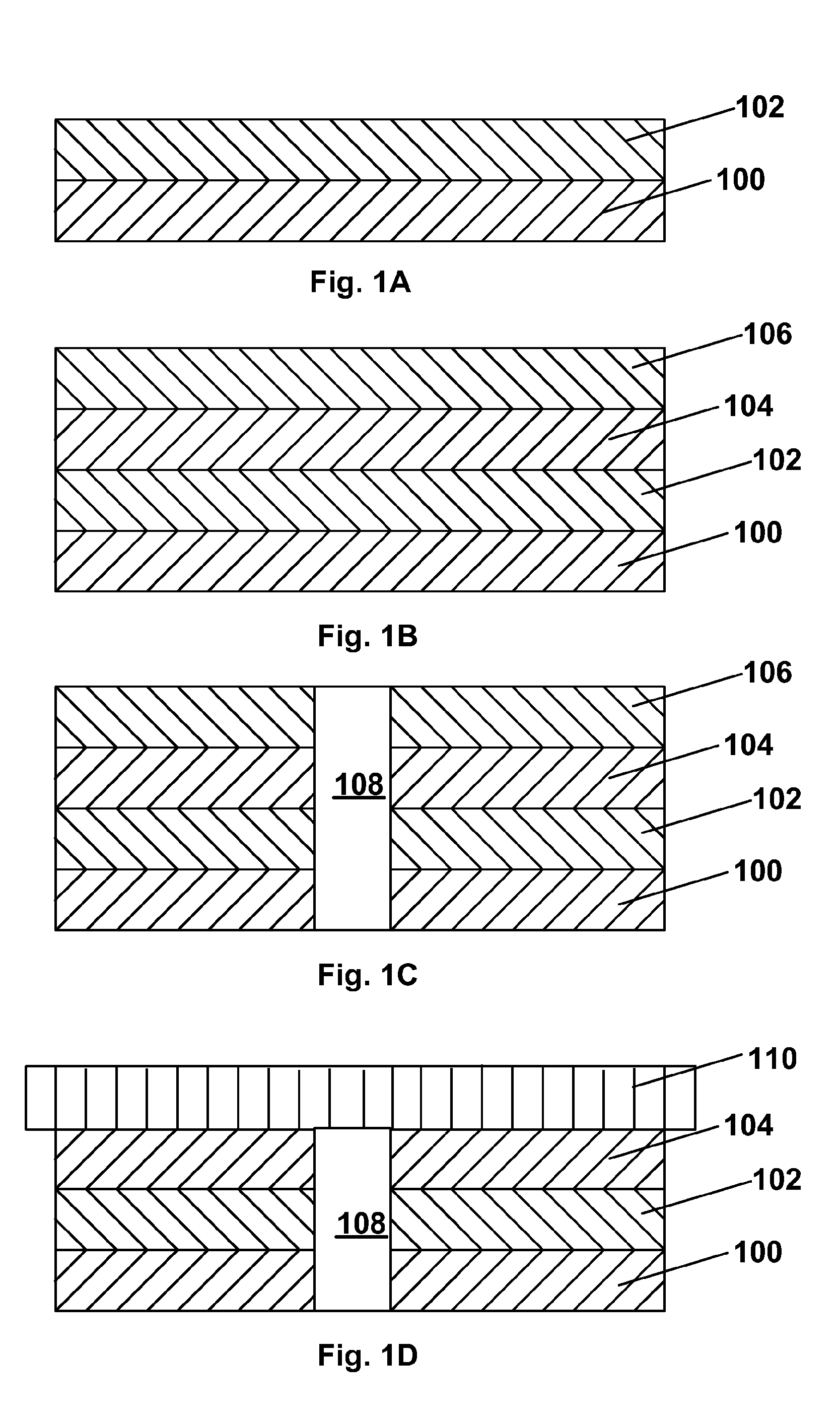Electro-optic displays, and materials and methods for production thereof
a technology of optical displays and electrodes, applied in the manufacture of electrode systems, electric discharge tubes/lamps, instruments, etc., can solve the problems of inadequate service life of these displays, gas-based electrophoretic media is susceptible to the same types of problems, and the use of these displays is prevented. to achieve the effect of increasing the stiffness of the front plane laminate and/or the backplan
- Summary
- Abstract
- Description
- Claims
- Application Information
AI Technical Summary
Benefits of technology
Problems solved by technology
Method used
Image
Examples
Embodiment Construction
[0073]As will be apparent from the foregoing Summary of the Invention, the present invention has a number of different aspects. These various aspects will primarily be described separately below, but it should be recognized that a single electro-optic display or component thereof may make use of multiple aspects of the present invention. For example, a sub-assembly used in a PFCA process of the invention may incorporate a double adhesive layer of the present invention.
[0074]Before describing in detail the various aspect of the present invention it is useful to set out certain definitions. The term “backplane” is used herein consistent with its conventional meaning in the art of electro-optic displays and in the aforementioned patents and published applications, to mean a rigid or flexible material provided with one or more electrodes. The backplane may also be provided with electronics for addressing the display, or such electronics may be provided in a unit separate from the backpl...
PUM
| Property | Measurement | Unit |
|---|---|---|
| temperatures | aaaaa | aaaaa |
| diameter | aaaaa | aaaaa |
| thickness | aaaaa | aaaaa |
Abstract
Description
Claims
Application Information
 Login to View More
Login to View More - R&D
- Intellectual Property
- Life Sciences
- Materials
- Tech Scout
- Unparalleled Data Quality
- Higher Quality Content
- 60% Fewer Hallucinations
Browse by: Latest US Patents, China's latest patents, Technical Efficacy Thesaurus, Application Domain, Technology Topic, Popular Technical Reports.
© 2025 PatSnap. All rights reserved.Legal|Privacy policy|Modern Slavery Act Transparency Statement|Sitemap|About US| Contact US: help@patsnap.com



